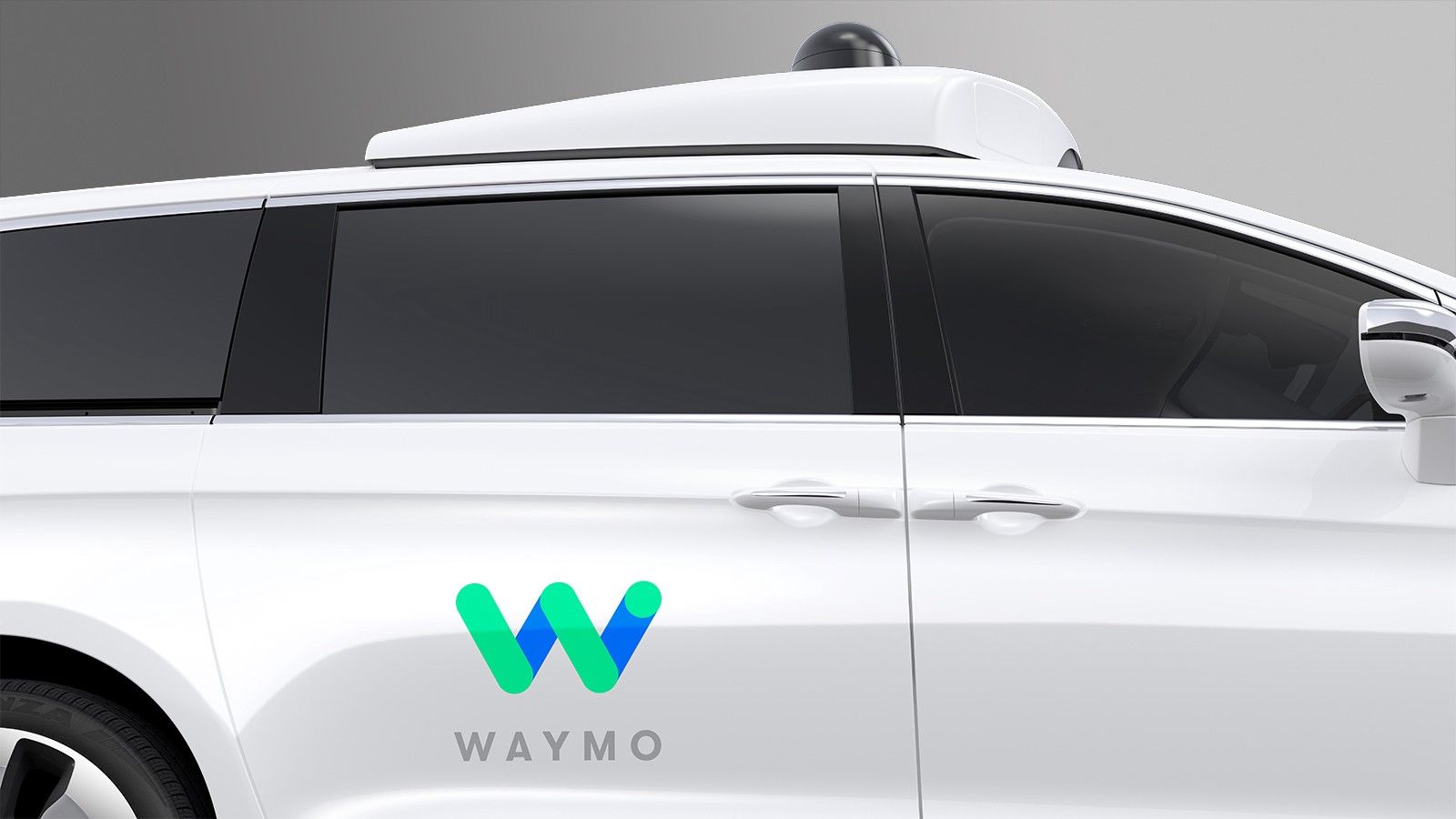Key takeaways:
- Waymo received approval to test up to eight supervised robotaxis in Manhattan and downtown Brooklyn.
- The permit runs through the end of 2025.
- This effort pushes driverless car technology in New York’s busy streets.
- Success here could reshape city travel around the world.
Waymo’s Robotaxis Extended in Manhattan and Brooklyn
Waymo has won a new permit to test up to eight supervised robotaxis on public roads. Moreover, the tests cover Manhattan and downtown Brooklyn. New York City has tough rules and heavy traffic. Therefore, this move marks a big step for driverless cars. It could also influence how all cities use autonomous vehicles.
What Waymo’s Robotaxis Permit Means for NYC
The city’s regulator approved the permit until the end of 2025. In addition, Waymo needs to follow strict safety and reporting rules. Each test vehicle must have a trained human inside. This human can take over if the robotaxi faces any trouble. Meanwhile, the company will collect data on traffic patterns, rider behavior, and safety.
Testing robotaxis in New York challenges engineers. City streets are narrow, drivers honk, and pedestrians move fast. However, this environment can help Waymo improve how robotaxis react in complex scenes. The lessons learned here could make robotaxis better suited for other big cities.
Challenges of Testing Robotaxis in NYC
Firstly, drivers in New York often ignore lanes and signals. As a result, an autonomous vehicle must adapt quickly. Additionally, heavy pedestrian traffic demands sharp detection systems. Robotaxis need to sense people at crosswalks, near parked cars, and around corners.
Secondly, weather can vary day to day. Rain, snow, or bright sun can confuse sensors. However, Waymo has tested its cars in many conditions outside New York. Now the company can fine-tune its robots to face local extremes. Thus, the robotaxis can learn to handle ice, heavy rain, and winter glare.
Moreover, construction sites and unexpected barriers can block routes. Therefore, robotaxis must reroute safely. Waymo’s software relies on detailed maps. Yet, mutable city roads force real-time changes. The car must decide how to move without endangering anyone nearby.
How the Tests Will Work
Waymo will deploy a small fleet of up to eight robotaxis. Each car must have a trained safety driver inside. For instance, if the vehicle stalls or misreads a sign, the driver can step in. This step ensures safety while the software learns.
The company will run tests during the day and evening. Drivers will operate in Manhattan’s busiest districts and Brooklyn’s downtown area. The routes include business zones, shopping streets, and busy avenues. Moreover, Waymo will track start and end points, wait times, speed, and pick-up points.
Passengers who volunteer to ride will offer feedback. They will rate comfort, trust, and ride quality. In addition, the cars will record their own data on performance. All this helps engineers refine how robotaxis handle complex scenes.
Impact on Urban Mobility
Since Waymo began testing in other states, robotaxis have driven millions of miles. Their record shows fewer accidents per mile than human drivers. Therefore, city leaders hope these tests will boost public trust. If successful, robotaxis could ease traffic jams and shrink pollution.
Autonomous cars run on electric power. Thus, robotaxis can cut city emissions. More electric vehicles also mean lower noise pollution. People could enjoy quieter streets. Additionally, fewer personal cars might be needed. This shift can free up parking spaces for parks or bike lanes.
Moreover, robotaxis provide rides on demand. With apps, users can book a trip in minutes. Then, a driverless car shows up at their door. This mode can benefit people without cars or those who cannot drive. Elderly riders, tourists, and busy commuters could find robotaxis very useful.
The Road Ahead for Autonomous Vehicles
Waymo leads the field, but rivals like Cruise and Tesla are close behind. Cruise tested robotaxis in San Francisco, and Tesla plans a citywide rollout soon. Each company faces its own legal and technical hurdles. However, competition speeds up progress. Soon, riders may choose from different apps for robotaxis.
New York’s dense streets make it a top testing ground. Other cities will learn from Waymo’s results. If the tests succeed, regulators elsewhere will follow. Local laws will adapt to welcome robotaxis. In turn, more funding may flow into self-driving research.
Finally, public opinion will play a major role. People need to trust that robotaxis can handle emergencies. Safety records and transparent reporting will help. As more riders share positive experiences, confidence will build. Consequently, more cities will feel ready to host robotaxis.
Looking beyond 2025, Waymo may ask to expand its fleet. The company could add more cars, cover more neighborhoods, or even drop the safety drivers. Each step will require fresh approvals and more data. Success in New York then could spark a global wave of autonomous vehicles.
Frequently Asked Questions
How will Waymo ensure rider safety during tests?
A trained safety driver sits in each car and can take control instantly if the car acts unexpectedly.
Will the robotaxis operate at night?
Yes, the tests will take place during the day and into the evening to check performance in low light.
Can anyone ride in these robotaxis?
Rides are currently limited to volunteers who sign up through Waymo’s pilot program.
What makes New York City a key test location?
New York’s dense traffic, diverse street layouts, and unpredictable weather create a tough but valuable testing environment.

